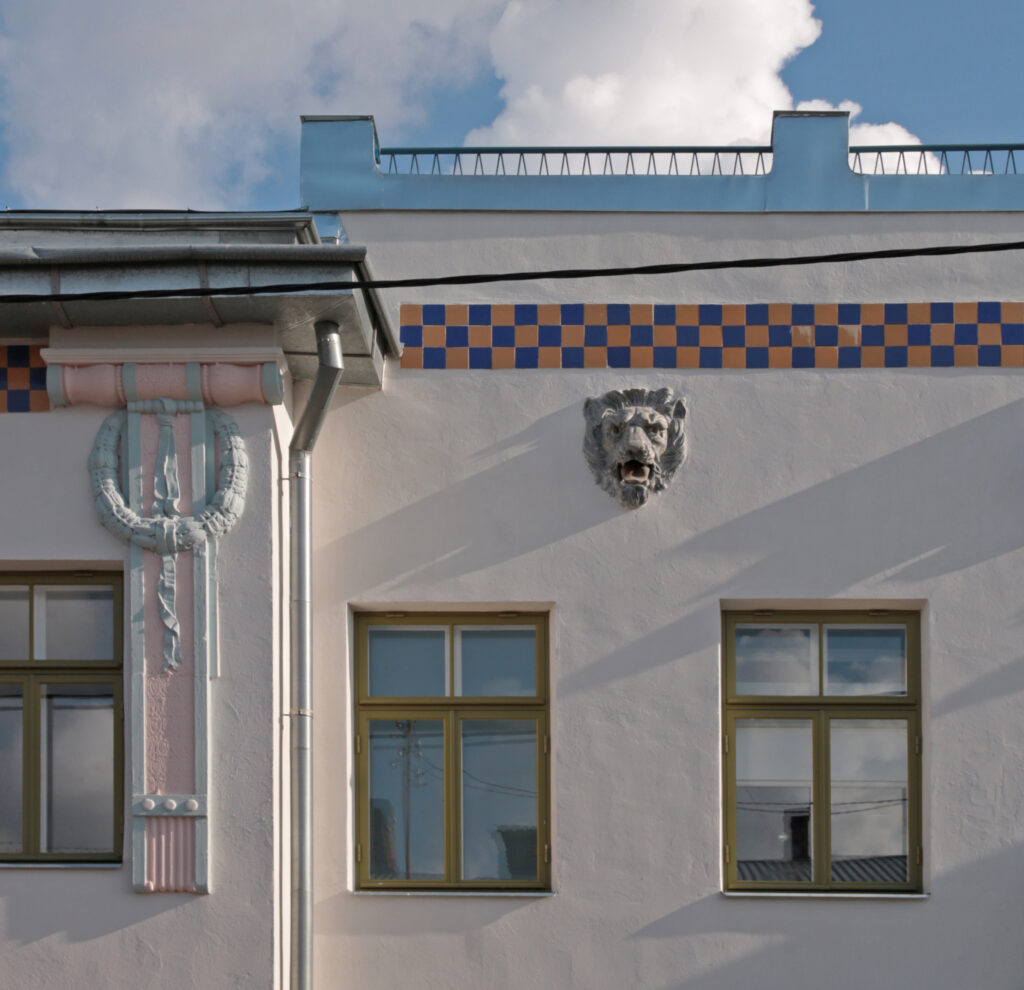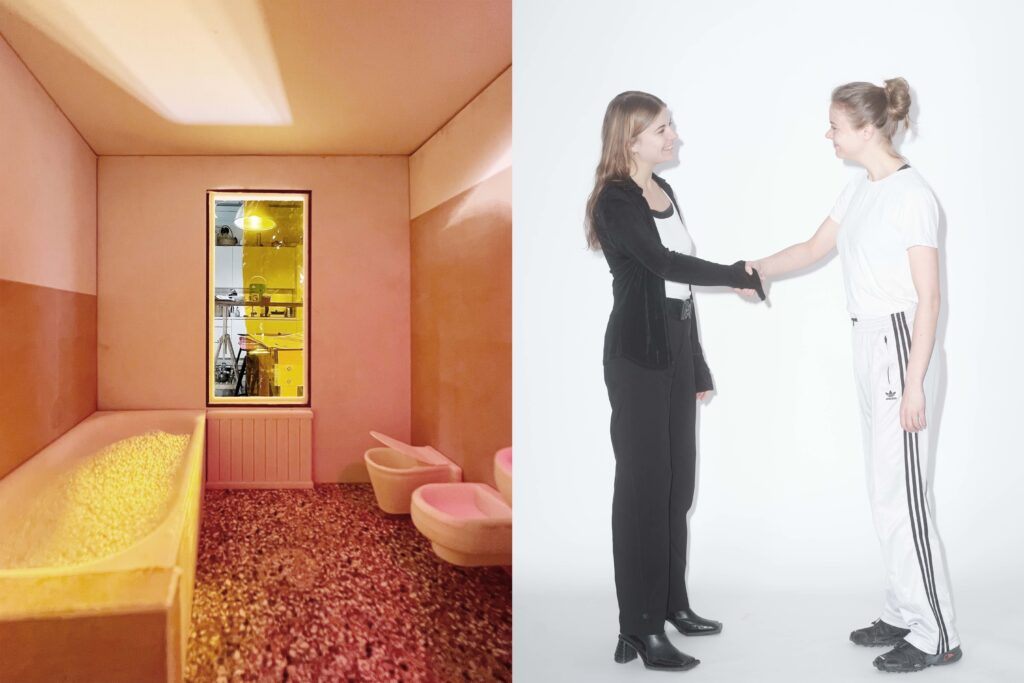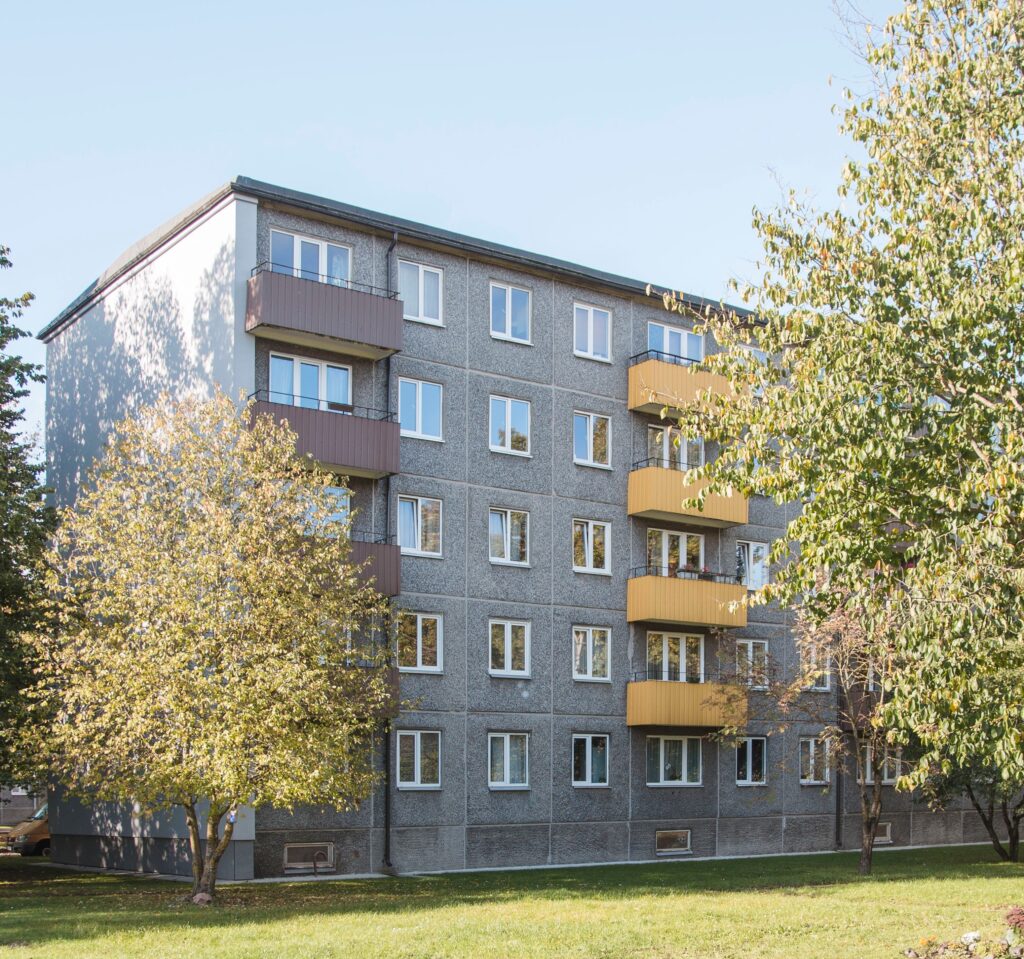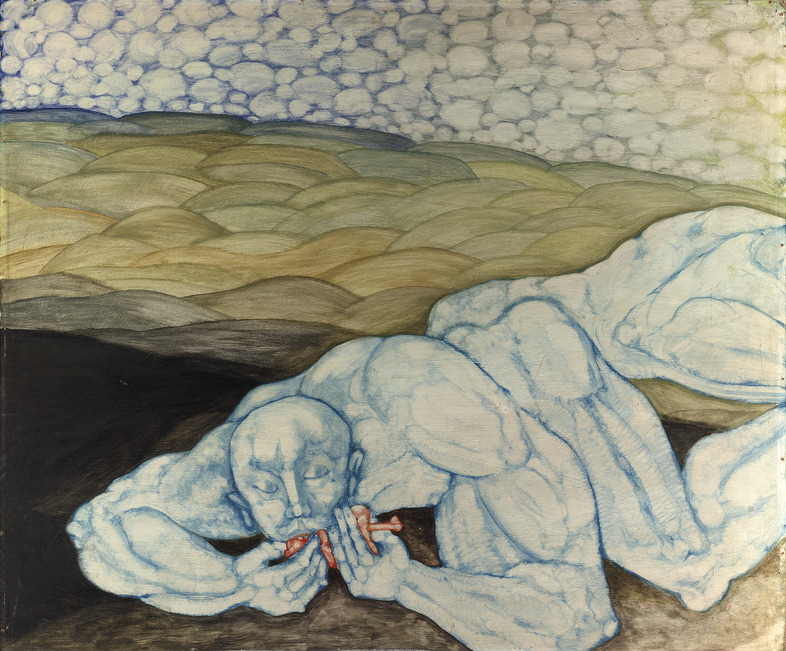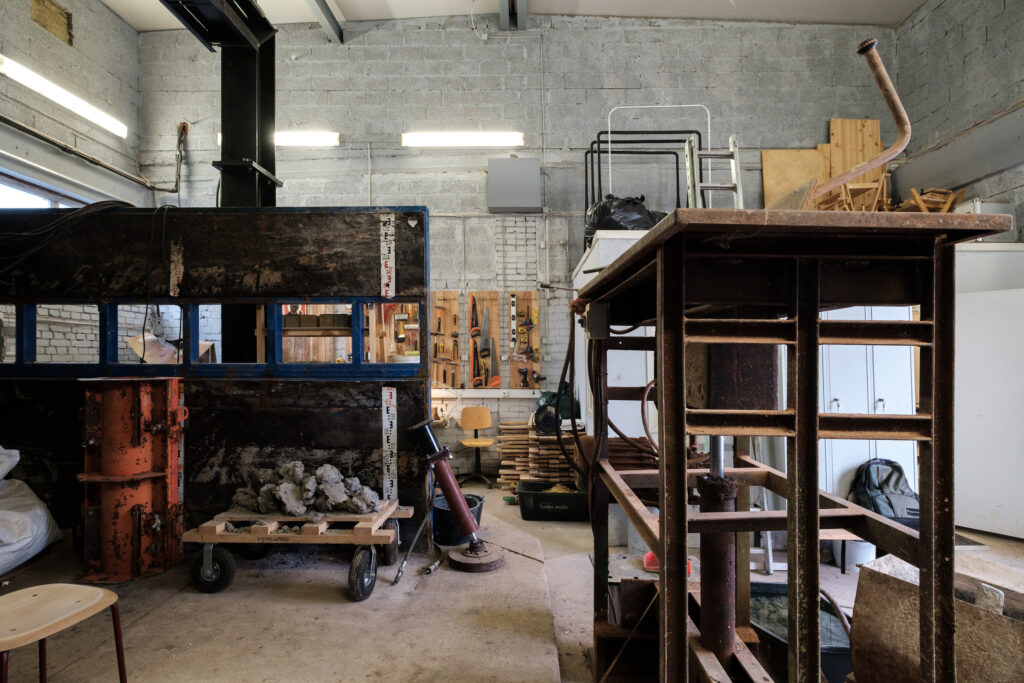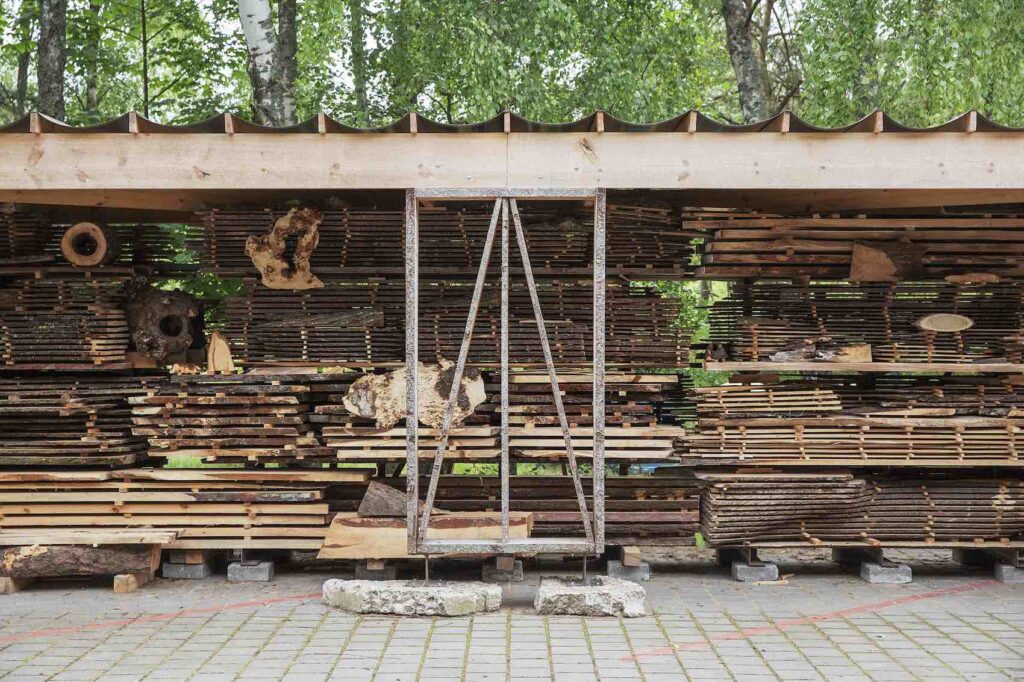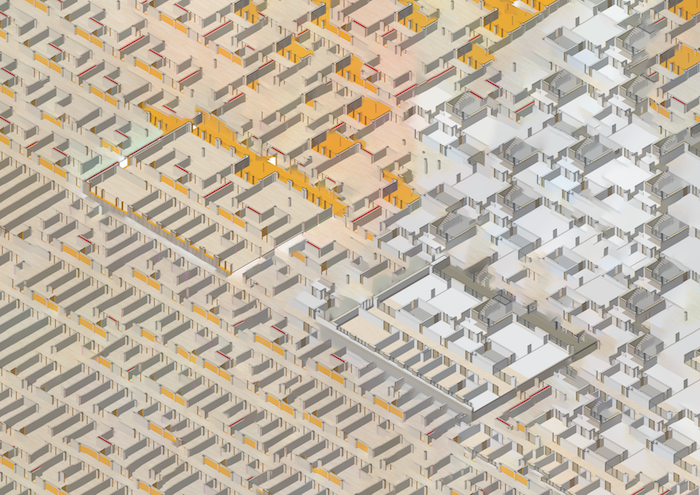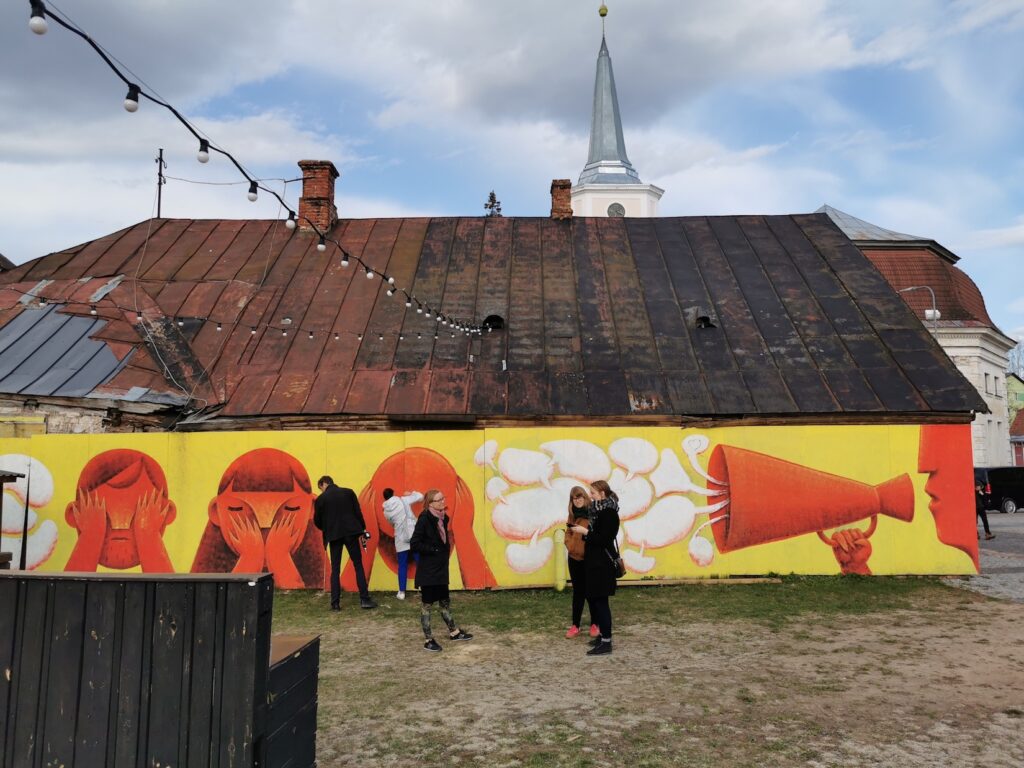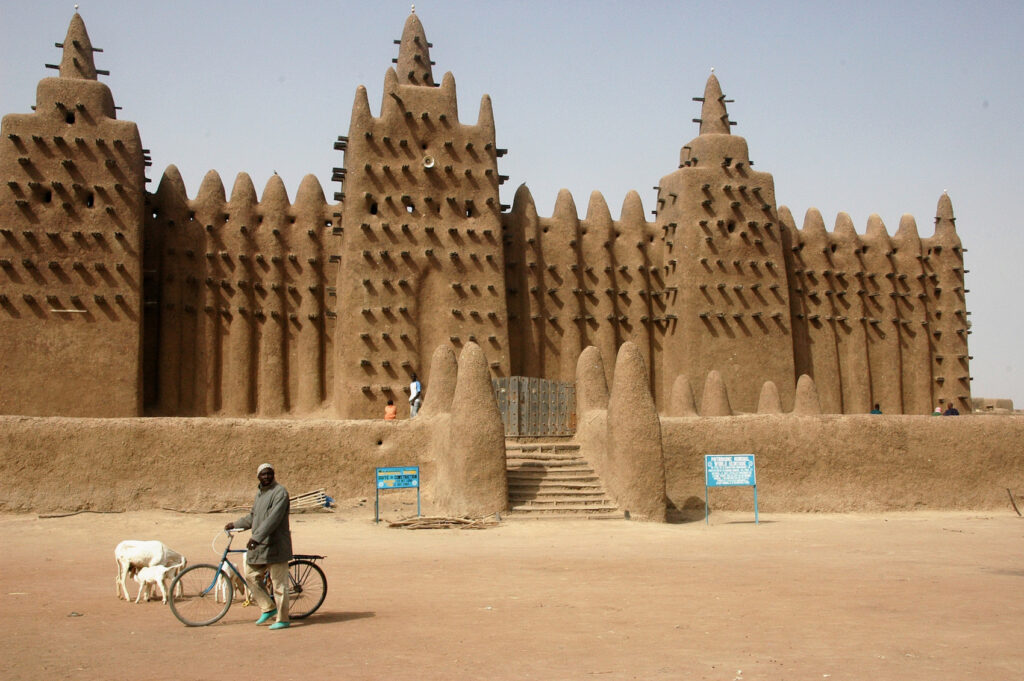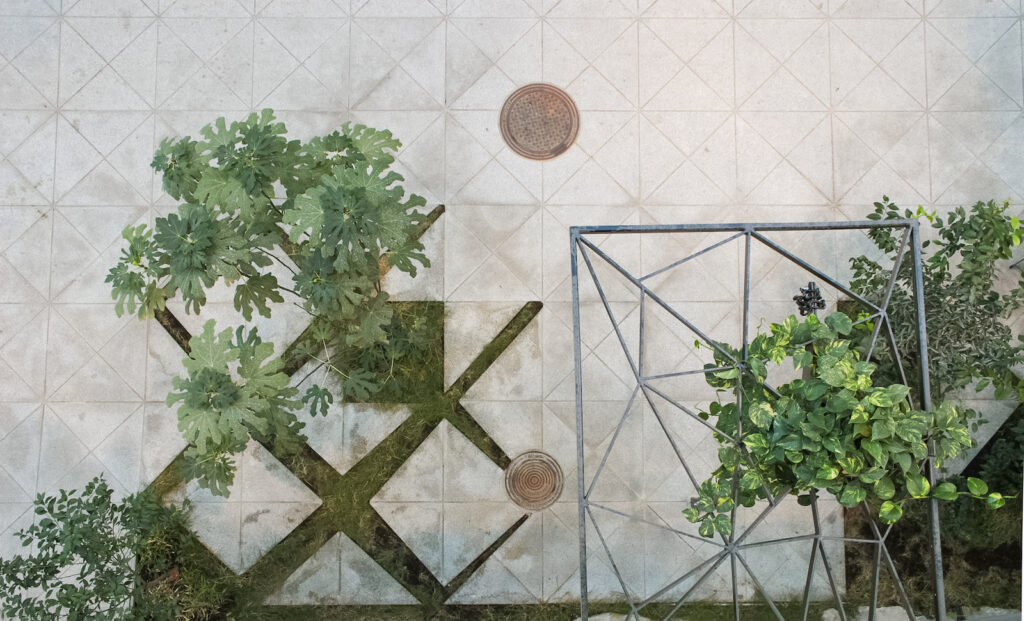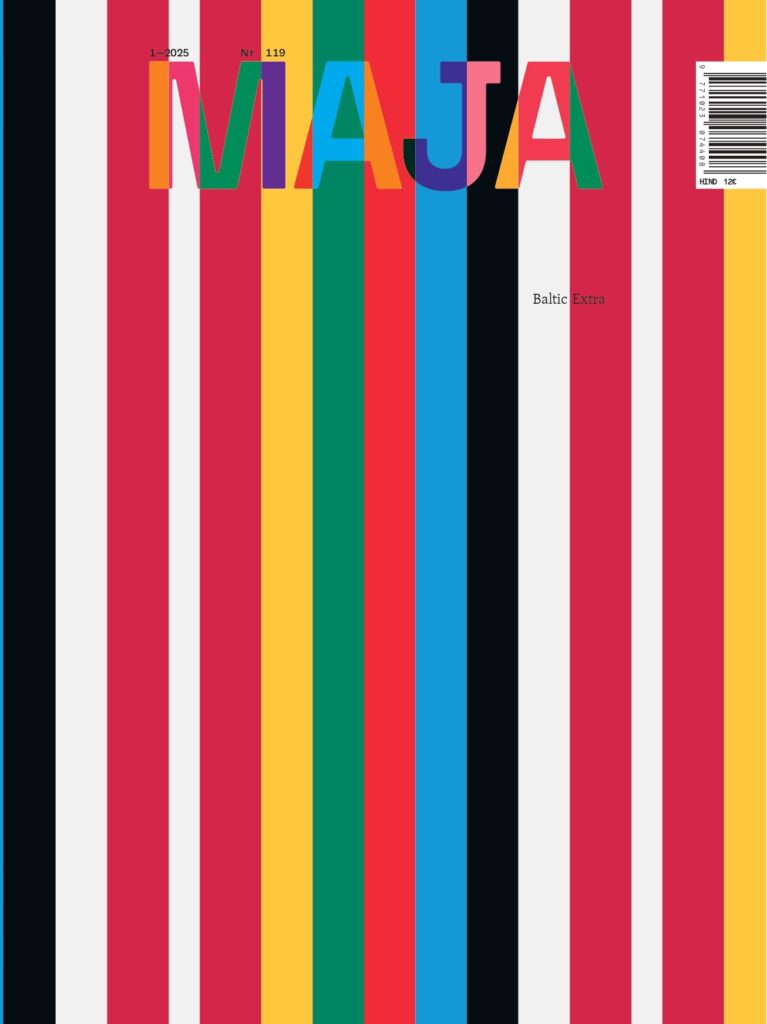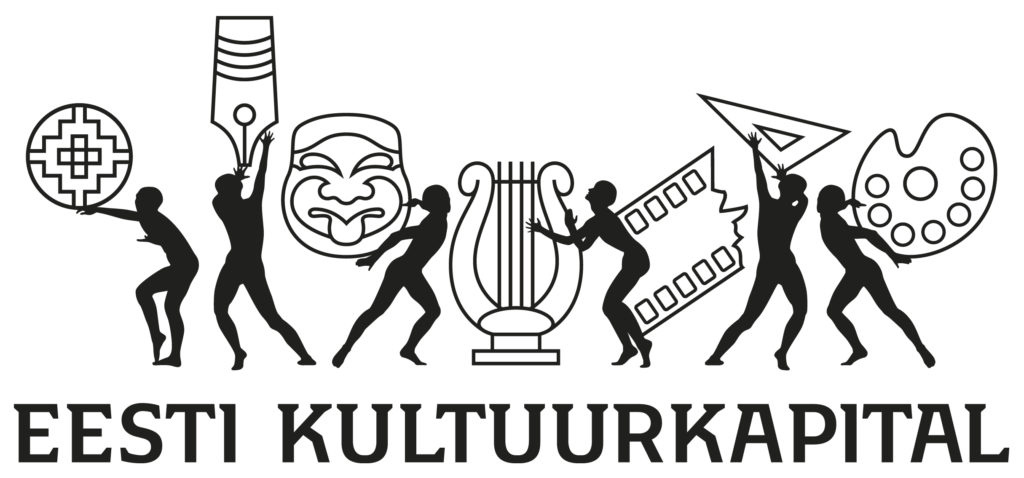When it comes to housing policy, we talk about something very dear to all of us—our homes. Now is a good time to review what we have already accomplished, and to detect the main shortcomings and obstacles but also the missed opportunities in developing the housing sector. The topic is discussed by the Head of Housing Policy of the Ministry of Climate Veronika Valk-Siska.
Why not set a higher value on dispersal? Instead of living in just one place, and trying in vain to gather yourself together there, why not have five or six rooms dotted about Paris?
The expiration of a building’s service life does not mean the building has exhausted itself, say Simo Ilomets and Anni Martin. They see the renovation of Estonia’s ageing housing stock and the reuse of building material as a technical as well as a creative challenge where architects’ involvement is essential.
The responsibility of the architect in sustainable use of natural resources should not be underestimated as construction is directly related to the transformation of the material taken from the ground according to the design drawn by the architect. Architecture from the perspective of limited resources, writes Roland Reemaa, will be faced with several challenges that are directly related to the origin of raw materials.
The sedimentary layer of Estonia deserves valorisation, conclude the material development and design studio kuidas.works. Maria Luiga and Hannes Praks write about their recent earth-based construction study trip to Paris.
Jurga Daubaraitė, Egija Inzule and Jonas Žukauskas initiated Neringa Forest Architecture in Nida, Lithuania. They write about their work around a Baltic forest as a constructed space, an infrastructure, an environment reliant on human actions.
An industrial construction technology based on modular and reusable building components can resolve many problems in the construction sector.
Kaija-Luisa Kurik gives an overview of the results of a 30-months-long partnership project between the Estonian National Heritage Board and the Norwegian Directorate for Cultural Heritage, titled ‘Historic Town Centres Revitalised Through Heritage-Based Local Development’, and tries to decipher the increasingly close connections between heritage preservation, urban studies, and sustainable development.
Ewa Effiom dives into the significance of conservation in the debates surrounding contemporary architecture, beauty and functionality.
What is surprising and innovative about Fahle Park Gallery Street compared to earlier reconstructions of industrial architecture?
No more posts
ARCHITECTURE AWARDS


